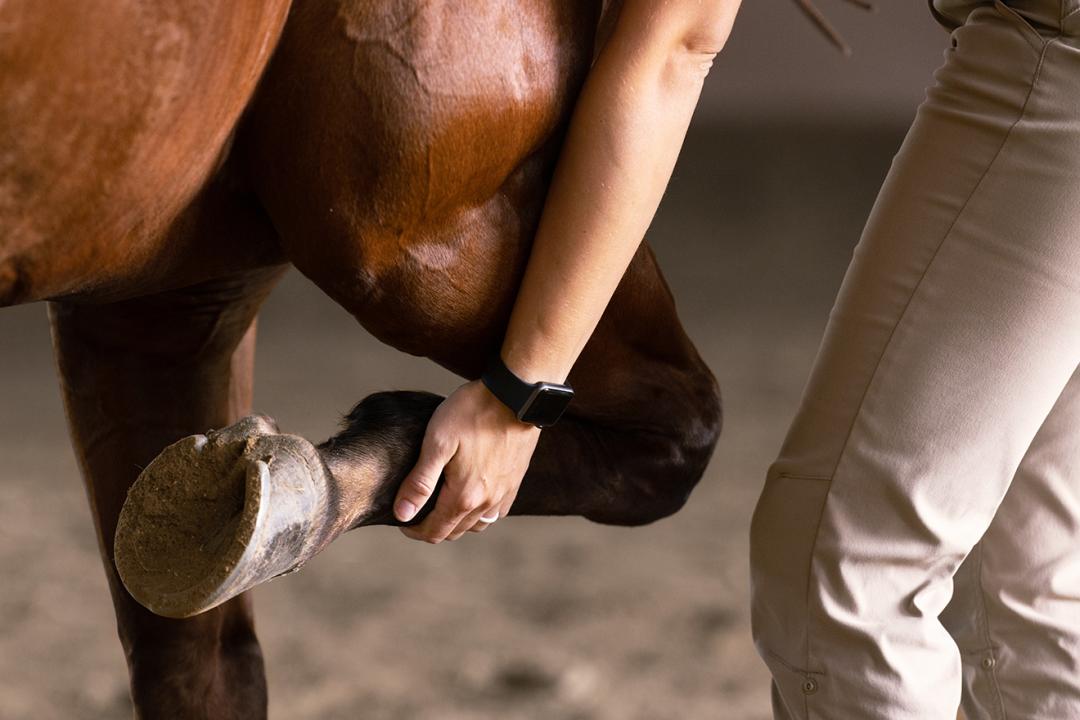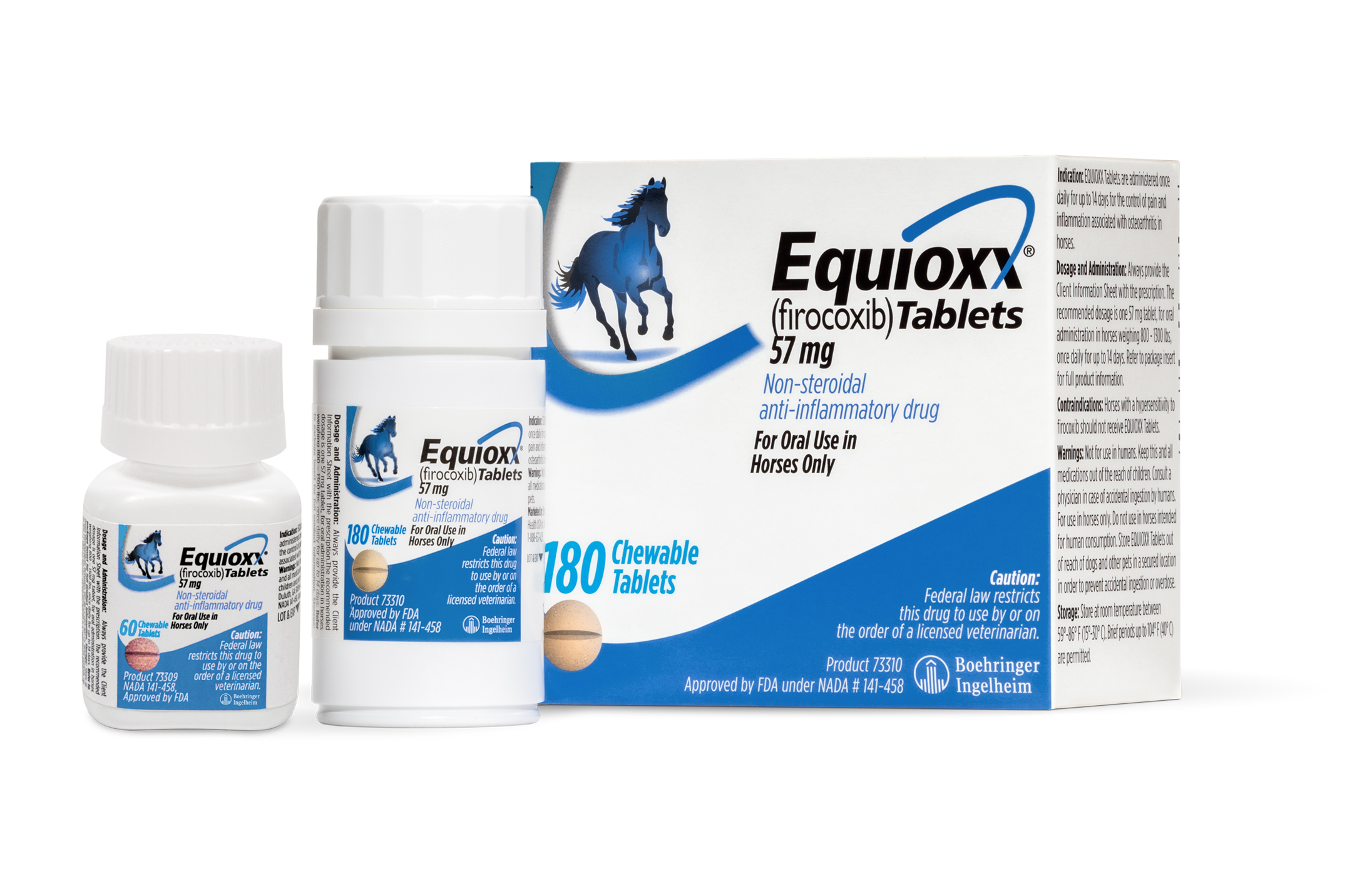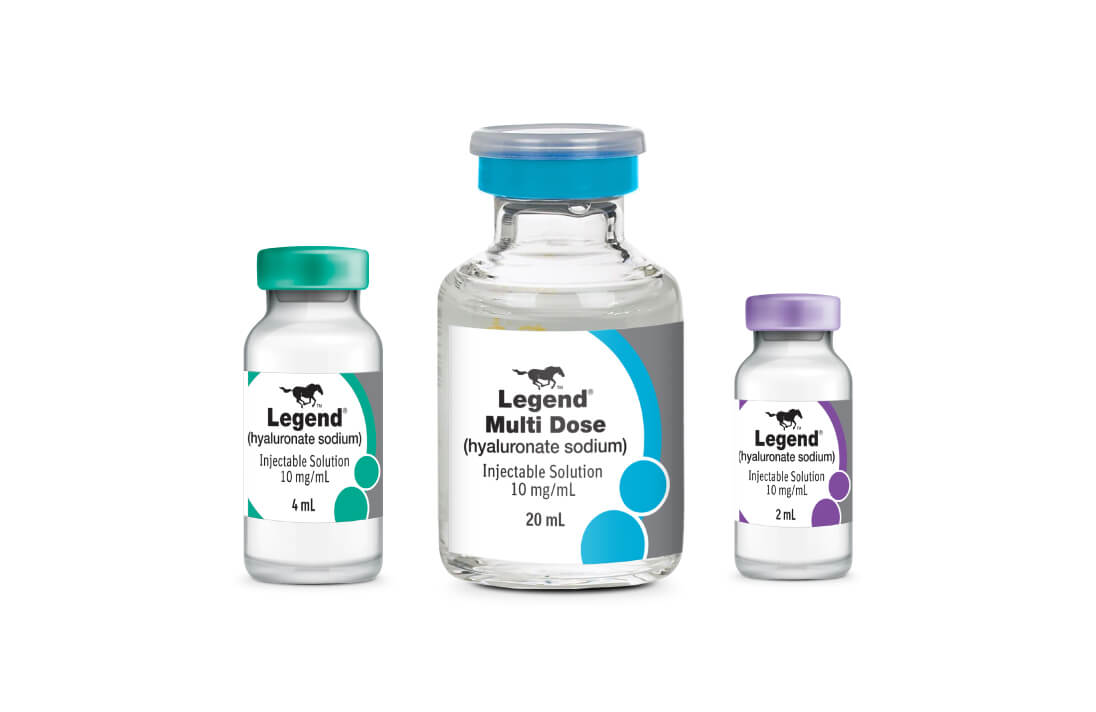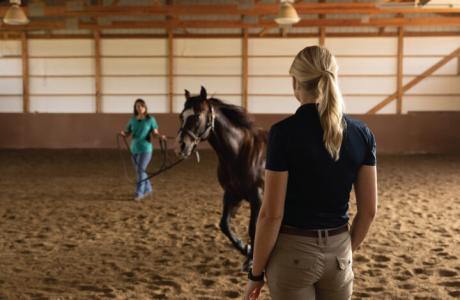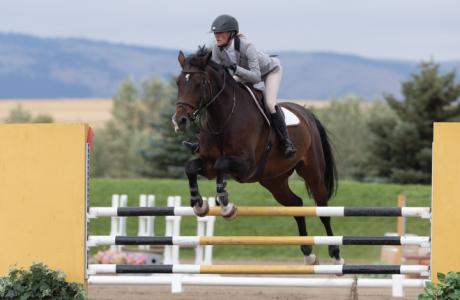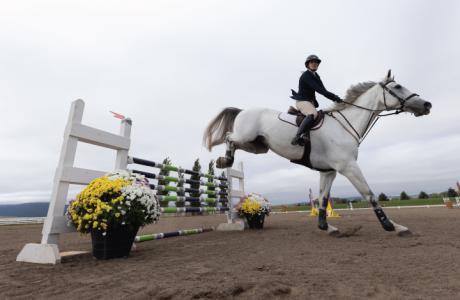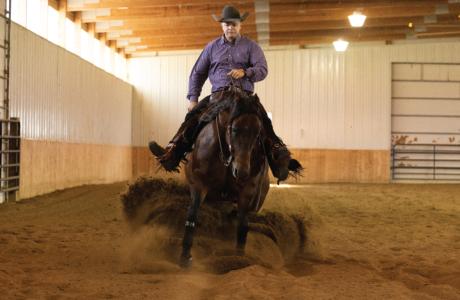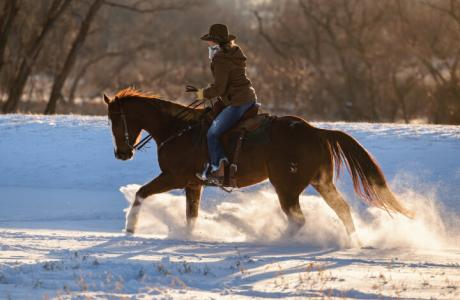Healthy joints give horses the freedom to move. Recognize the clinical signs of joint disease, and implement management strategies to better support joint function.
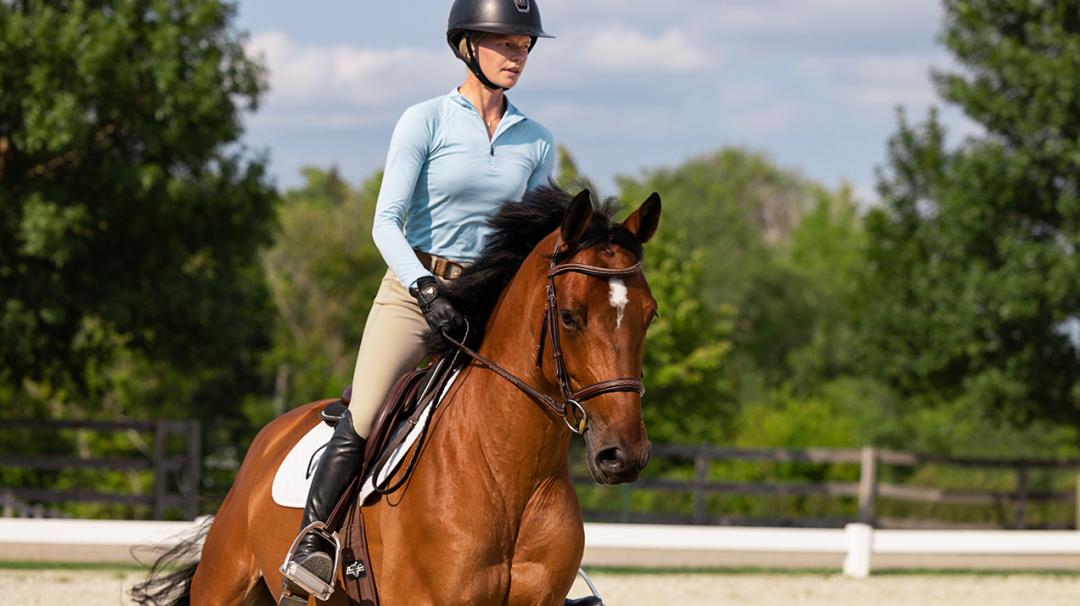

Joint Health 101
Horses are able to move with athleticism and grace, thanks to the design of their joints. Joints are composed of bones, which are protected by articular cartilage, and lubricated by joint fluid. All horses are susceptible to joint damage, but factors such as their environment, genetics, age and workload impact their risk of developing degenerative joint disease (DJD). DJD begins with synovitis, which is inflammation of the synovial membrane and joint fluid, and can lead to irreversible cartilage degradation and osteoarthritis.


Recognize the Clinical Signs
Joint disease can happen due to an acute injury or wear and tear from repetitive use. While sometimes subtle, your horse may show signs of lameness, leading you to suspect your horse could be suffering from pain and inflammation. It‘s important to know the clinical signs of joint disease, as more than 60% of equine lameness is caused by degenerative joint disease.1
Clinical Signs of Joint Disease
- Behavioral changes
- Unwillingness to do work
- Gait asymmetry
- Lameness, ranging from mild to severe
- Heat and swelling in the affected limb
- Stiffness and decreased mobility
If you suspect your horse is experiencing any signs of joint disease, contact your veterinarian.
Mastering Joint Health With Your Veterinarian
Given that horses cannot tell us where they are hurting, it‘s important to schedule an examination with your veterinarian if you suspect your horse is suffering from joint disease. As Julie Settlage, DVM, DACVS, explains in this segment of Mastering Equine Health, your veterinarian can help diagnose joint disease by conducting a lameness exam to identify the affected limb(s) and the severity of disease.


Supporting Joint Health
If your horse is diagnosed with synovitis or osteoarthritis (OA), your veterinarian may recommend medical treatment to interrupt the inflammatory cycle, reduce clinical signs and slow disease progression.
Alongside medical treatment for joint pain and disease, you can utilize additional management strategies to protect your horse’s joints and support their overall health:
- Provide balanced nutrition throughout their life
- Set a training regimen that accounts for age
and fitness - Incorporate warm-ups and cool-downs
- Maintain proper and regular hoof care
- Be aware of the footing your horse is working on
- Keep your horse moving to support strong muscles and avoid being overweight
Helping Every Horse Feel Free to Move
FREE TO MOVE is more than a joint health product portfolio with five industry-leading brands. It’s how we want every horse to feel. Whether helping athletes reach their full potential or maintaining comfort for cherished companions, our portfolio offers reliable solutions to keep their story moving forward.
Related Products
EQUIOXX IMPORTANT SAFETY INFORMATION: As a class, nonsteroidal anti-inflammatory drugs may be associated with gastrointestinal, hepatic and renal toxicity. Use with other NSAIDs, corticosteroids or nephrotoxic medication should be avoided.
LEGEND IMPORTANT SAFETY INFORMATION: The following adverse reactions have been reported following intravenous injection: occasional depression, lethargy and fever. Following intra-articular injection: lameness, joint effusion, joint or injection-site swelling, and joint pain.
Related Articles
References
1 Oke S, McIlwraith CW. Review of the economic impact of osteoarthritis and oral joint-health supplements in horses, in Proceedings. AAEP 2010.
2 McIlwraith CW. Traumatic joint disease. Orthopaedic Research Center, Colorate State University website. https://csu-cvmbs.colostate.edu/academics/clinsci/equineorthopaedic-research-center/orthopaedic-topics/Pages/traumatic-joint-disease.aspx
EQUIOXX® and LEGEND® are registered trademarks and the Horse LogoTM is a trademark of Boehringer Ingelheim Animal Health USA Inc. ©2025 Boehringer Ingelheim Health USA Inc., Duluth, GA. All rights reserved. US-EQU-0097-2024
